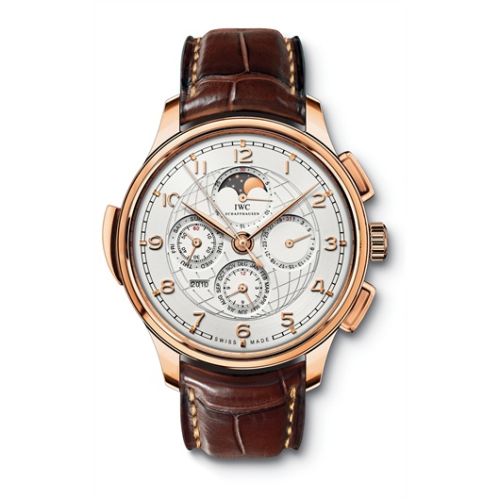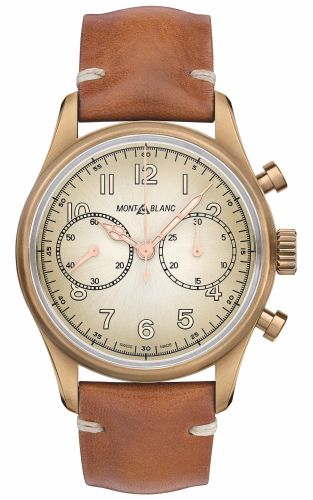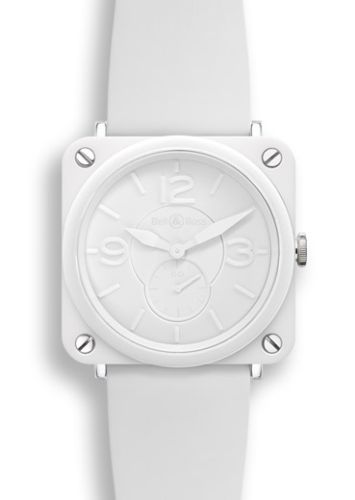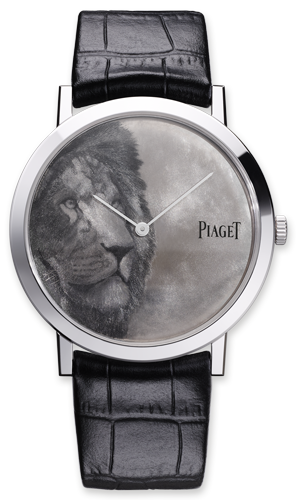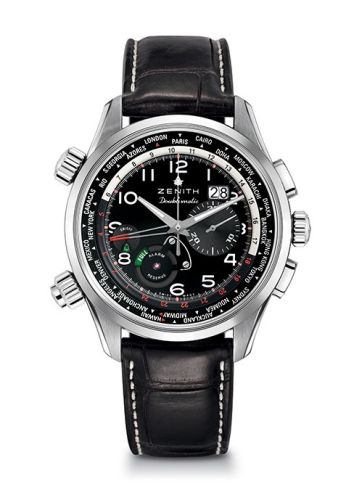
What is the impact of craftsmanship on watch prices?
The impact of craftsmanship on watch prices is significant and multifaceted, influencing not only the cost of production but also the perceived value among consumers. At its core, craftsmanship refers to the skill, artistry, and attention to detail that goes into creating a watch. High-quality craftsmanship is often associated with traditional techniques, where skilled artisans dedicate countless hours to perfecting each component of the timepiece. This meticulous approach can be seen in the intricate movements, the precision of the gears, and the finishing touches that enhance the overall aesthetic.
One of the primary ways craftsmanship affects watch prices is through the labor-intensive processes involved in creating luxury watches. Many high-end brands employ master watchmakers who have undergone years of training. This expertise is not easily replicated and comes at a premium, which is reflected in the price of the final product. Additionally, the use of high-quality materials—such as precious metals, sapphire crystals, and specialized alloys—further drives up costs, as these materials require careful handling and precise engineering.
The level of craftsmanship can also significantly affect the reputation of a watch brand. Brands that are known for their exceptional craftsmanship can command higher prices because consumers often associate these watches with durability, reliability, and status. The heritage of a watchmaker plays a crucial role in this perception; brands with a long-standing tradition of excellence often attract buyers willing to pay a premium for the assurance that comes with that legacy. Limited editions and bespoke pieces, which highlight exceptional craftsmanship, can reach astronomical prices, driven by the exclusivity and artistry involved in their creation.
Furthermore, the intricacies of watchmaking—such as hand-finishing, engraving, and the use of complicated movements—add layers of value that justify higher price points. Complications like perpetual calendars, tourbillons, and minute repeaters not only showcase the technical prowess of the watchmaker but also contribute to the overall cost due to their complexity and the time required to produce them.
In the collector’s market, the craftsmanship of a watch can significantly enhance its desirability and resale value. Watches that exhibit outstanding craftsmanship are often seen as investments, with their prices appreciating over time. Collectors are willing to pay a premium for pieces that demonstrate exceptional artistry and meticulous craftsmanship, particularly those that are limited in production or carry historical significance.
Ultimately, craftsmanship is a cornerstone of the luxury watch industry. It intertwines with narrative, heritage, and the emotional connection consumers have with their timepieces. As a result, the impact of craftsmanship on watch prices is profound, shaping not only the cost of manufacturing but also the intrinsic value that consumers place on these finely crafted works of art. The fusion of skill, tradition, and innovation in watchmaking results in timepieces that are not only functional but also serve as expressions of individuality and prestige, making craftsmanship a key determinant of price in the world of horology.



